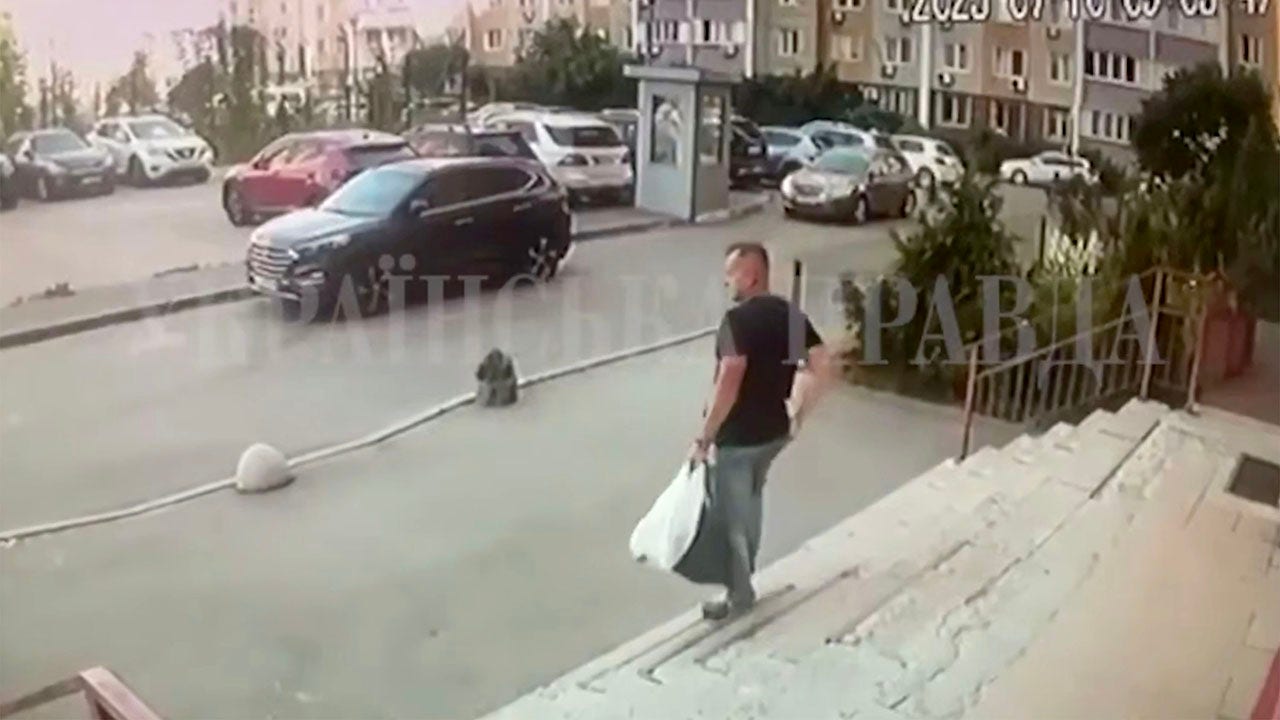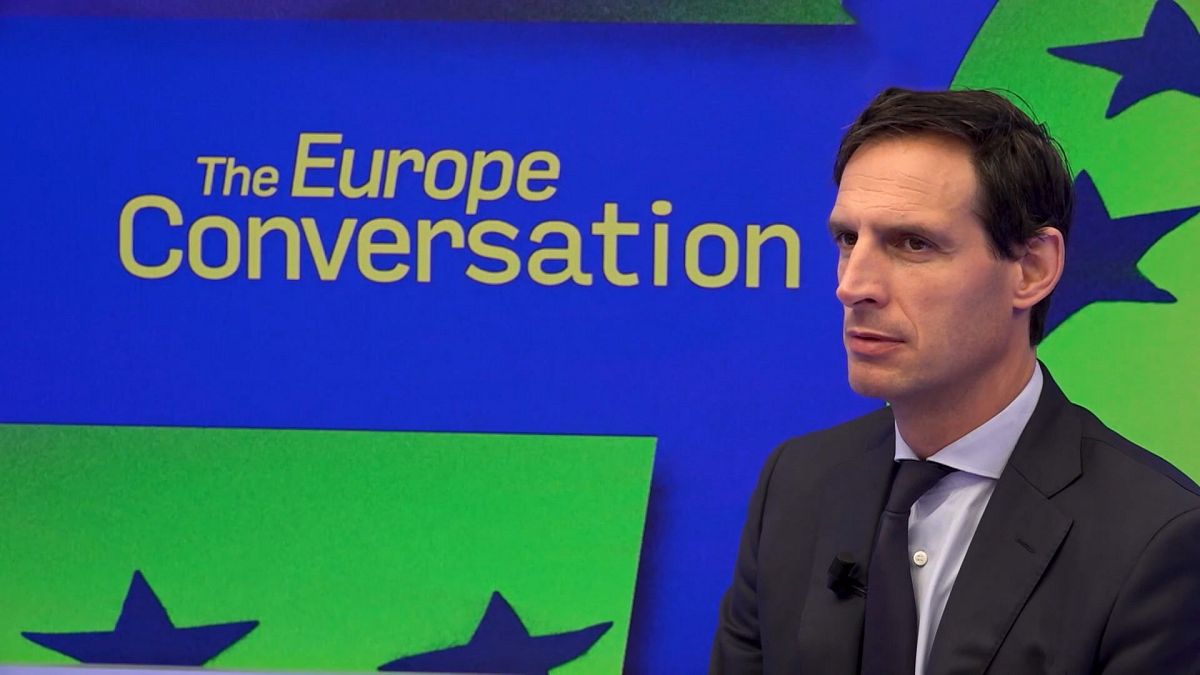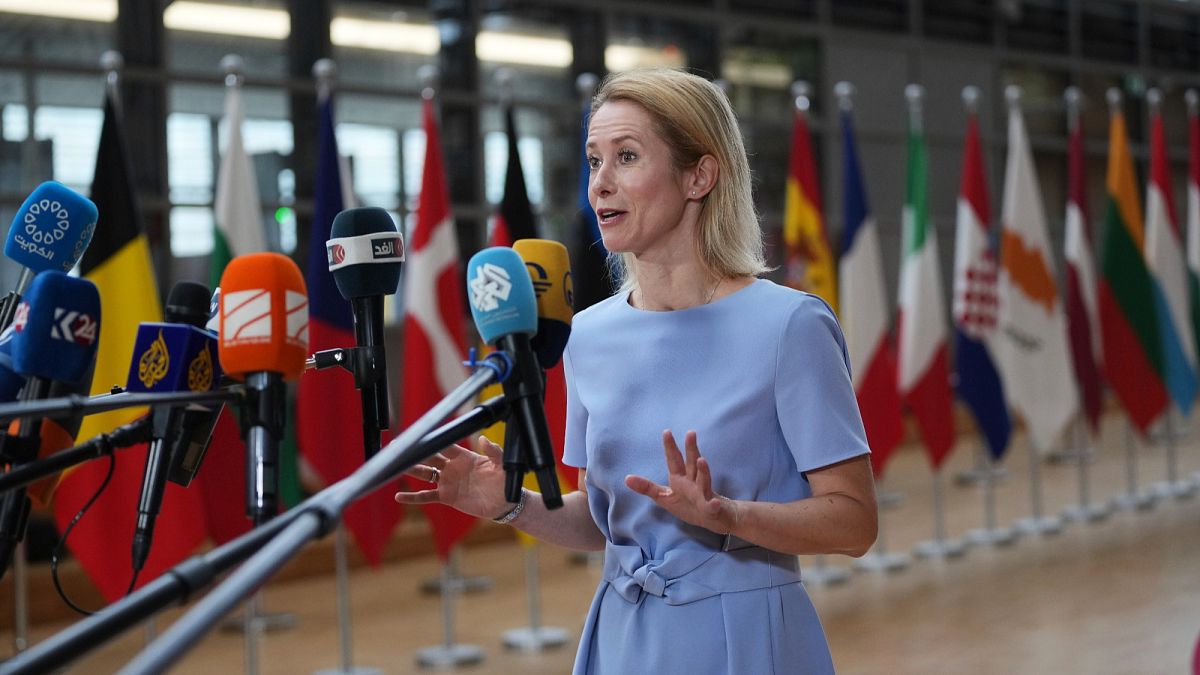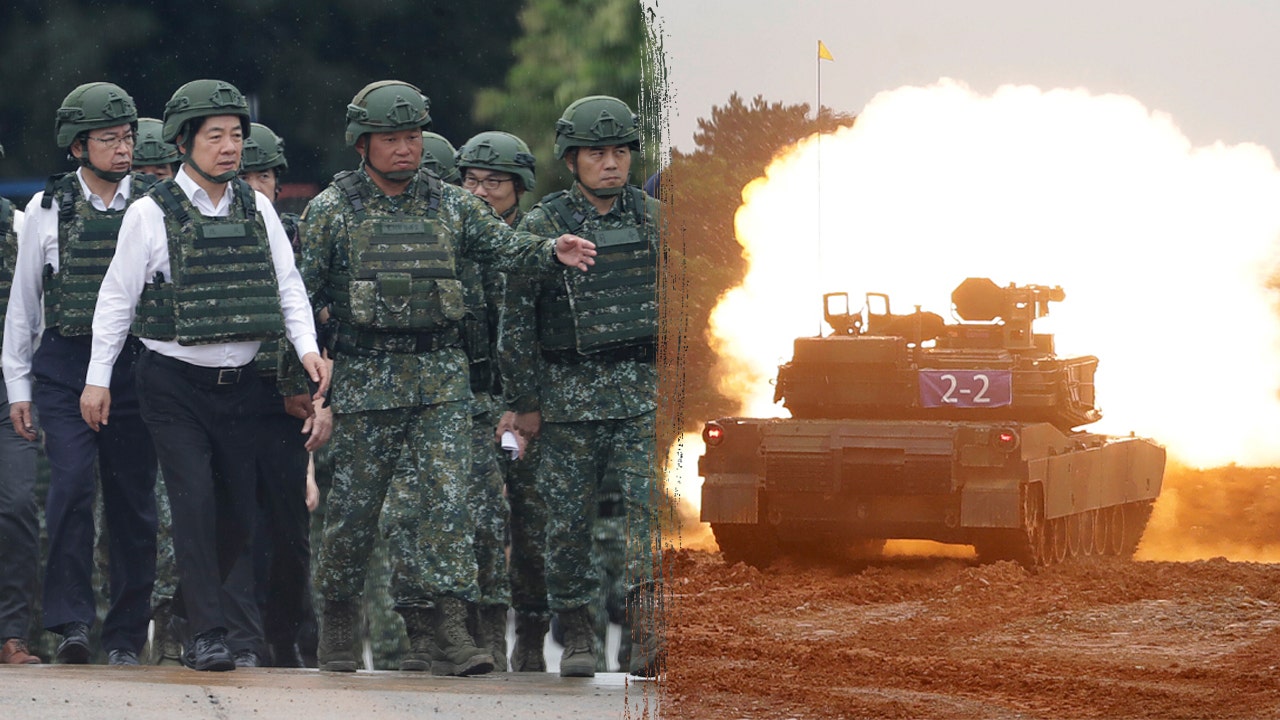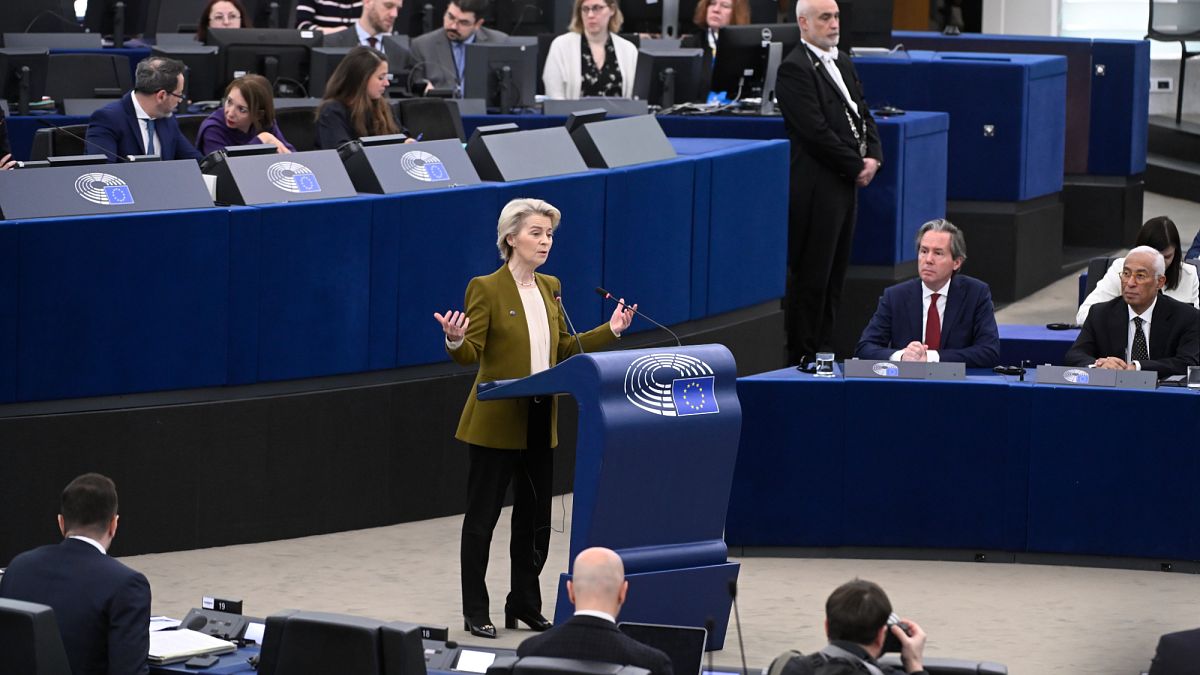Wreaths and flowers were laid at the Monument to the Heroes in the Polish capital on Saturday to mark the 82nd anniversary of the Warsaw Ghetto Uprising. Today, the daffodil has become a symbol of commemoration.
The Warsaw Ghetto Uprising of 1943 was the largest armed Jewish uprising during the Second World War. On the 19th of April, a group of young men led by Mordechai Anielewicz resisted and fought back Nazi troops who had entered the Warsaw Ghetto in an effort to deport its inhabitants to concentration camps.
In an interview with Euronews, Zofia Bojańczyk, coordinator of the Daffodil Campaign by the POLIN Museum of the History of Polish Jews, spoke about the importance of today’s commemoration.
“The insurgents knew that they had no chance against the machinery of extermination that the Germans represented. So it was a fight for dignity, for a dignified death, without any hope of victory,” Bojańczyk said.
Although the uprising was destined to fail, the insurgents achieved some early successes in the first few days.
“This handful of Jews, young people, poorly armed, were mainly able to surprise the Germans,” Bojanczyk said.
“Let’s remember that it’s 1943, the war has been going on for four years, the Germans had been murdering Jews, so these young people had already seen the deaths of their friends, their family, they themselves had been through hell, the Holocaust, and the Germans were completely surprised to meet any resistance from the Jewish side.”
‘You had to die with a weapon in your hand.’
The POLIN Museum of the History of Polish Jews is committed to commemorating the war heroes, including Marek Edelman, the last surviving leader of the Warsaw Ghetto Uprising.
Bojanczyk said that “in addition to being an important figure for solidarity, an outstanding doctor, he survived the Holocaust and was a guardian of Jewish memory.”
In a Facebook post, the museum remembers Edelman as follows:
“He had no illusions – he knew they would not defeat the German army. And yet he fought. Not for himself, but for those who did not want to die passively. After the war, he spoke of the uprising in simple words: ‘You had to die with a weapon in your hand.’ But his fight did not end in 1943 – throughout his life he defended the weak, as a doctor saving people’s hearts and as a social activist fighting for the dignity of others.”
Why daffodils?
Marek Edelman, who died in 2009, became a prominent voice of conscience in Poland. Every anniversary of the uprising, Edelman would receive a bouquet of yellow daffodils from an anonymous person.
“Very often it was daffodils, because it’s the season for daffodils. And he would place this bouquet at the monument to the heroes of the ghetto in Warsaw’s Muranów district, where the Museum of the History of Polish Jews POLIN, which organises the Daffodil Campaign, is located today opposite this monument. And together with Marek Edelman, more and more people came, also making this gesture of remembrance, also laying yellow flowers at the monument.” Bojańczyk said.
Since 2013, volunteers of the POLIN Museum have been handing out paper yellow daffodils to residents of Warsaw, asking them to pin them to their clothes. By doing so, they commemorate the anniversary of the uprising and all those who fought in the Warsaw Ghetto.
“When I say all those who fought, I mean not only the insurgents who fought with weapons in their hands, but also those who resisted civilly. These were people who hid in attics, in bunkers and fought for every hour and every day of their lives,” Bojańczyk said.
“But these were also people who supported the uprising from the other side of the wall, between them trying to supply weapons, arranging money, false evidence and so on. So it’s a whole group of people who made the whole apparatus out of this resistance that happened”
Strong Warsaw identity
In 2013, the volunteer base was sparse. However, since then, more than 15,000 volunteers have taken part in the action, handing out more than two million yellow flowers.
“And the action has gone from being just local, to being not only nationwide, but also reaching a multitude of countries around the world with its reach,” emphasised Bojańczyk.
Daffodils have been sent to more than 30 countries.
“This year our daffodils will actually be carried from Buenos Aires to Melbourne, Australia,” Bojańczyk added.
“Our volunteers are mainly people who do not have Jewish roots, so for them the motivation is not family history, but they are such flesh-and-blood Varsovians or people who have a strong identity with Warsaw, that this is the history of their city, that it happened here in Warsaw. And they are driven by such a really very strong sense that Warsaw is a city of two uprisings and very often we remember and rightly and very well the uprising in 1944, but that before the Warsaw Uprising there was also the Warsaw Ghetto Uprising in 1943.”
Empathy, help, openness
Every year, more and more schools join the Daffodil Campaign. Bojańczyk said more than 6,000 schools, libraries, institutions from all over Poland joined this year.
“But what’s important is that it’s not just history, such as learning the dates of those important figures who took part in the uprising and so on. It’s also kind of taking a closer look at concepts like empathy, helping, openness, being open to the other person. If we are open-minded and open-hearted towards another person, then what happened in 1943, or rather the whole machine, what led to the Holocaust, would simply never happen again,” Bojańczyk concluded.
The article uses a photograph from the Virtual Shtetl archive.
Read the full article here









